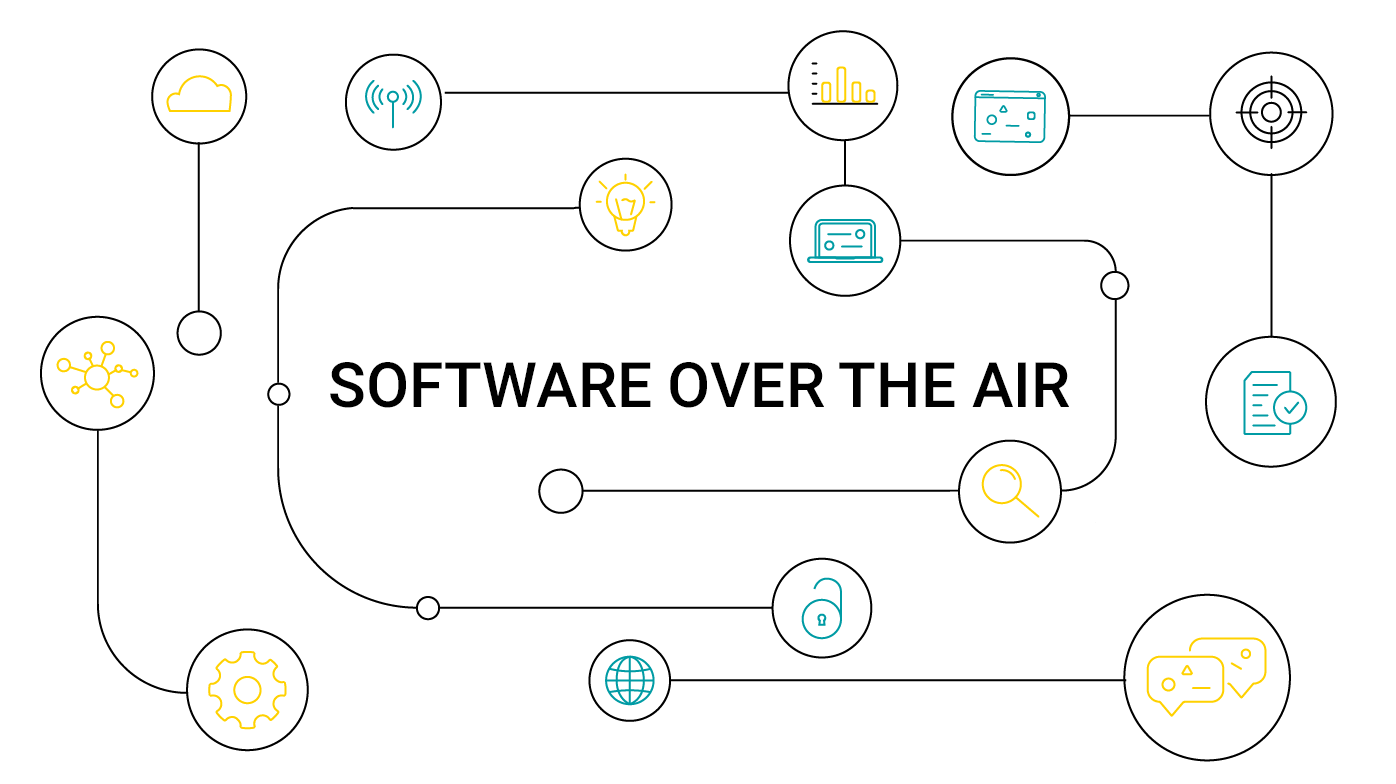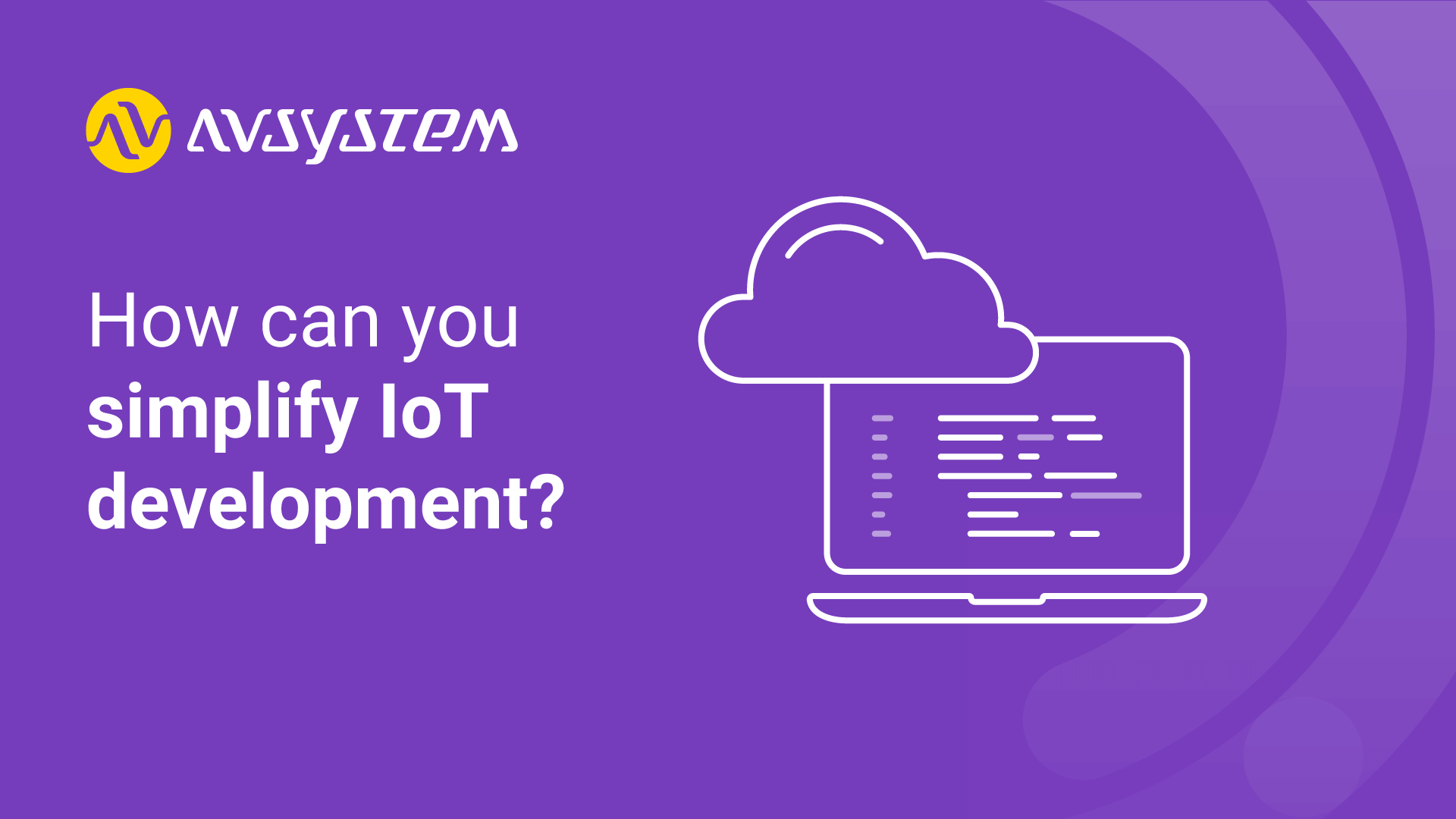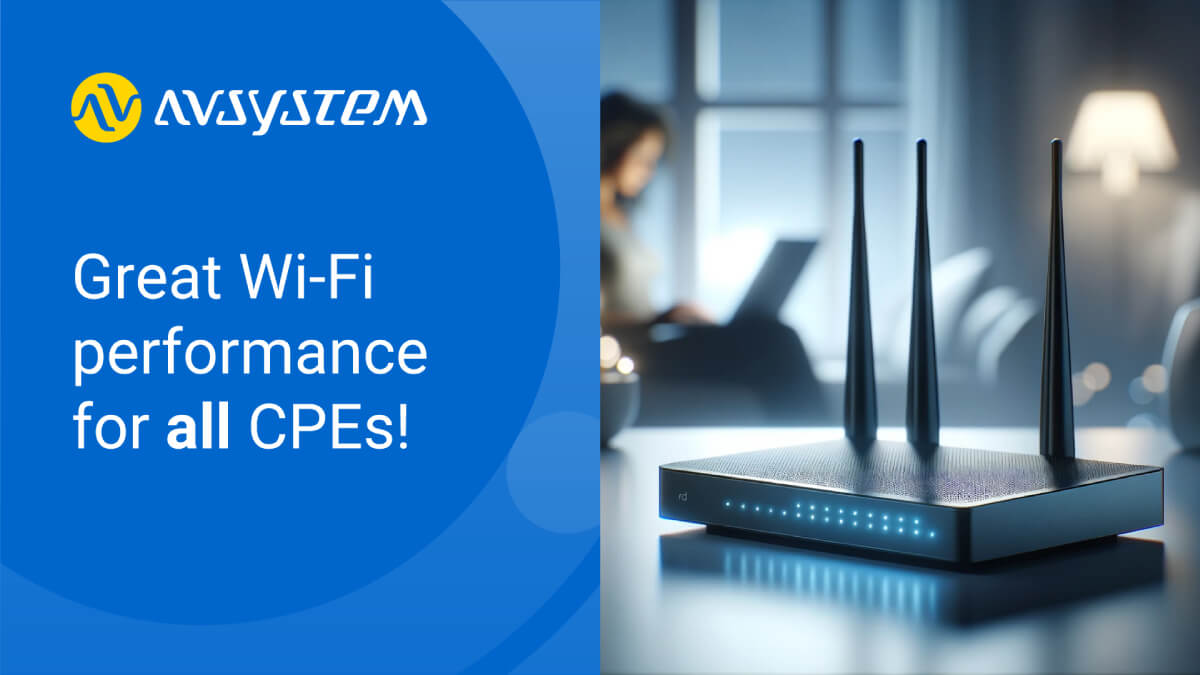SOTA – what are software-over-the-air updates?

Unless someone has been living under a rock, most people are well aware that the Internet of Things is entering our lives and businesses with a bang. While driving change and opening up a whole new world of possibilities for a smarter future, it must (and it does!) evolve rapidly to be able to embrace the boundless number of usage scenarios that may come up.
It all sounds simple enough on the surface, but the real challenge lies in that the progress in IoT must be kept steady and balanced so that all the elements of this disruptive technology may work like a well-oiled and unified – yet spatially dispersed – machine. As the core of every IoT deployment is device management, the devices need to be not only kept secure but also regularly updated in order to accommodate for the rapid technological and business-related changes. This is where SOTA enters the picture.
Software over-the-air (SOTA) refers to a variety of ways to distribute new versions of applications and operating systems for various devices, such as smartphones, mobile phones, routers, with the use of wireless connection, such as WiFi, LTE, 4G or Bluetooth.
Enter SOTA (software over-the-air)
The underlying methodology of software development nowadays is agile, which means it is created based on dynamic processes of continuous and incremental delivery of goods that are transformed according to the needs and requirements of the project stakeholders and investors. And it is this ability to adapt quickly and seamlessly that seems crucial. It may sound obvious at first, but if the software undergoes a constant evolution, the devices that it manages must too.

And this is where software-over-the-air solutions come onto the stage. The traditional process of upgrading devices’ software versions by bringing them back to the vendor or manufacturer is not only extremely painstaking, but in fact, also quite absurd, given the general level of technological advancement in the digital world. SOTA comes as an answer to this problem, enabling device management platform administrators to deliver software updates to their fleets of devices using their network connection (be it Wi-Fi, broadband, Bluetooth or any other) without the need of any physical intervention in the hardware itself, like connecting, removing, or replacing. In fact, it is even more than that, as SOTA makes software updates not only seamless, fully orchestrated and ridiculously simple, but also secure and fail-proof. Thus, the possibility to update software over-the-air has already transformed from an interesting-but-irrelevant convenience into a must-have piece of tech.
A must for enterprises, a challenge for providers
From the enterprise owner’s perspective, it increasingly seems all natural that software updates in device management platforms shouldn’t require any effort apart from a few casual clicks. Seeing how efficiently this problem has been solved with smartphones or intelligent car systems, they (quite correctly) assume that it should work in their own projects as effortless as it does anywhere else.
While catering for these requirements in the best ways possible, device management software providers must face a complex task. For starters, large numbers of devices need to be grouped, with their respective update campaigns managed and orchestrated accordingly. What’s more, the progress of the update process should be monitored and controlled from the very start to the finish, as challenges may arise along the line – for instance, devices may be rendered unusable by a failed or incomplete software update. Lastly, security must be ensured in each step of the update process. The software update process must both be safe in terms of payload encryption and able to keep the devices secure by providing fresh and fail-safe data in a regular and timely manner.
SOTA makes all the difference

With all these things said, you may still wonder what makes for a reliable software-over-the-air solution? If we were to sum it up neatly in two words, they would be: scalability and sustainability.
Scalability
Whether you’re dealing with a small deployment or a multi-million fleet, you need to be sure that your device management platform can cope with arbitrary numbers of assets and group them freely according to fine-grained criteria. As an example, let’s take the grouping mechanisms of UMP, the AVSystem’s flagship device management product: equipped with a powerful SOTA engine, the Unified Management Platform can perform hassle-free customizable updates on groups of devices so that not even one is left out and every device gets exactly the software version that was intended for it.
Sustainability
By sustainable SOTA updates we basically mean two things: that they are robust, and that they are atomic. Robustness can be seen as a feature of the software update mechanism that keeps the device usable even if the process itself went wrong or has been aborted due to reasons beyond the control of the platform. As a consequence of this comes the atomicity of SOTA, which ensures that the update performed can be installed completely or discarded altogether to guarantee fail-proof operation of digital assets.
Gathered in one solution and complemented by reliability and security, scalability and sustainability are the building blocks of software-over-the-air solutions that will help you overcome software update challenges in an increasingly complex and demanding device management environment.
Recommended posts
- Understanding CPE Requirements for Optimizing Smart Wi-Fi Performance
- How can you effectively tackle the challenges of IoT development?
- Why choose open standards for WiFi service assurance?
Subscribe to stay in the loop with all our latest content:
Recommended posts



